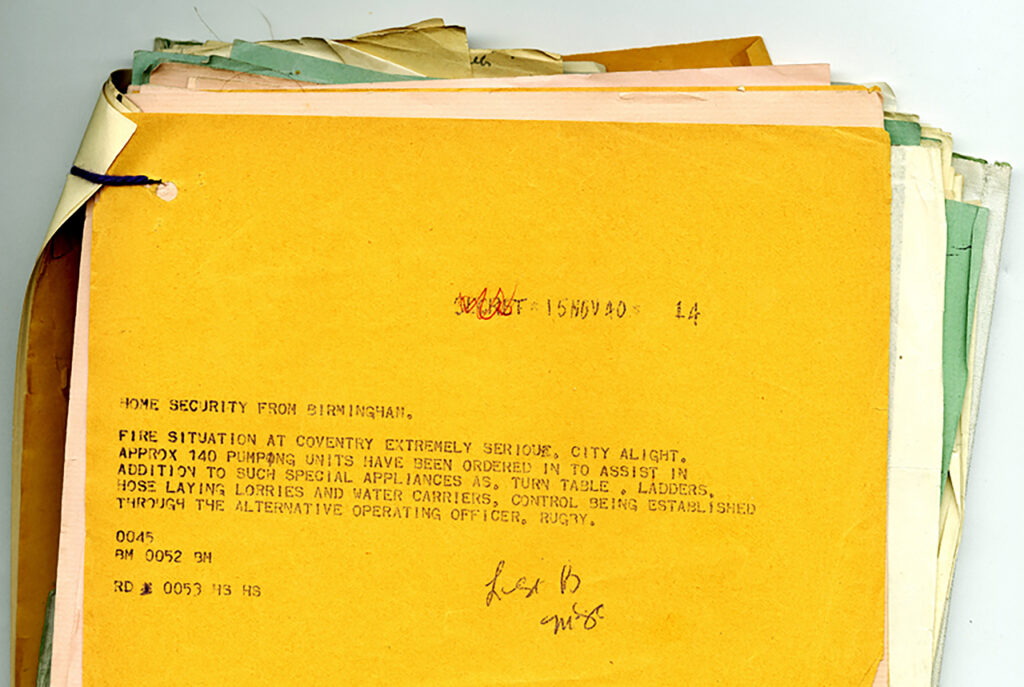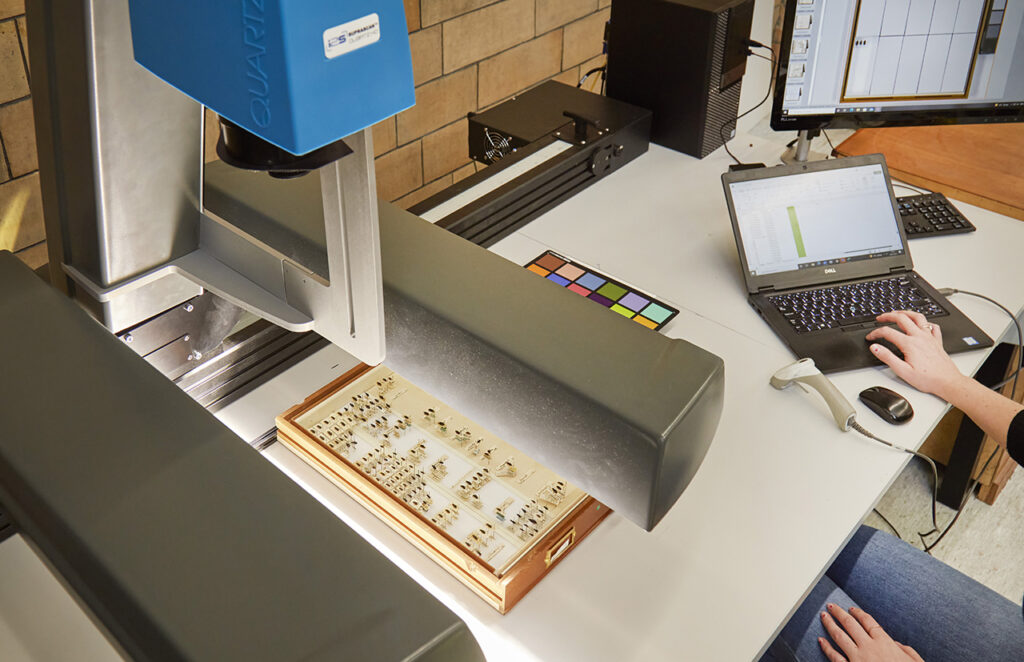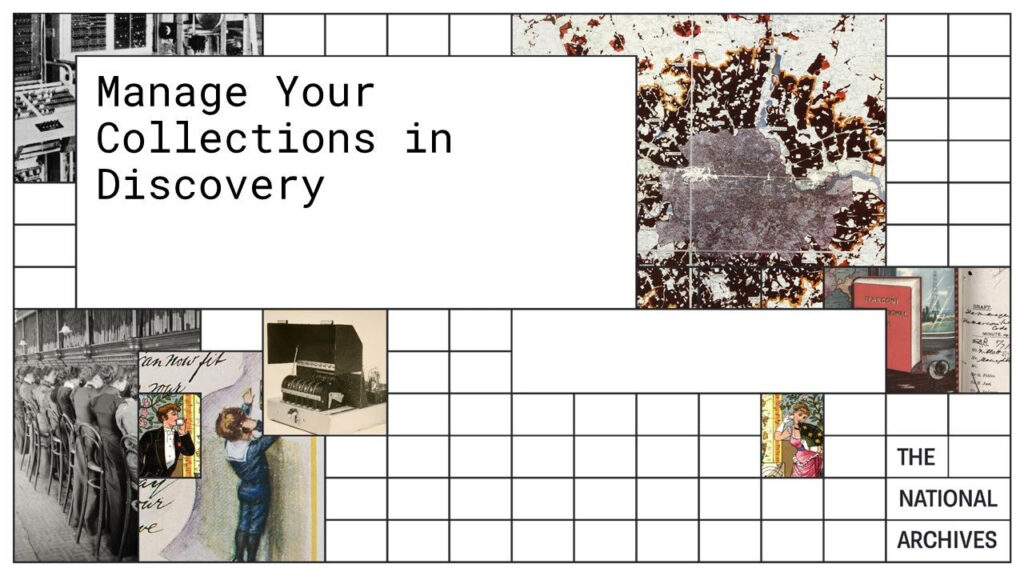Last year, the UK’s Arts and Humanities Research Council (AHRC) initiated a program to unify the digital collections housed in the country’s various heritage institutions. Dubbed Towards a National Collection, the five-year project aims to enable search access across multiple online collections, facilitating public engagement as much as research. As part of the program, AHRC also tapped the Collections Trust and Intelligent Heritage to conduct an audit of the nation’s existing digital heritage collections, with the responses intended to guide how a forthcoming national collection might better serve the UK’s cultural heritage sector.
The resulting report, Digital Collections Audit, crunches responses from 230 heritage organizations received between September 2021 and January 2022. Among the headline findings: quantitatively, the surveyed institutions collectively hold some 154 million collection records, with about 5.3 million records available exclusively behind a paywall; and only 23 respondents report using an enterprise-level digital asset management (DAM) system to house their resources.
The qualitative view, emerging from seven roundtable discussions with cultural heritage professionals, offered further insight into the challenges posed by the management, documentation, and preservation of digital assets, particularly on the part of smaller organizations. Below are three key findings spotlighting gaps and recommendations on the path towards a unified digital collection.
The top 10 percent

The audit found that 10 percent of UK institutions, including National Archives, British Library, and BBC Archives, hold 80 percent of the nation’s digital collections. Image: Telegraph traffic and correspondence received by the Ministry of Home Security on the night of the bombing of Coventry, November 1940 / The National Archives
The audit has surfaced a striking finding: of the surveyed institutions, about 10 percent hold 80 percent of digital records and assets. With the major bulk of digital collections concentrated within a clutch of organizations, including the British Library, the National Archives, BBC Archives, and Natural History Museum, the AHRC could very easily unify a large amount of material with the participation of a small number of institutions.
However and more acutely, this underscores what the report notes is a “yawning digital divide” between the top 10 percent of mostly metropolitan institutions and the mass of smaller organizations, some of whose voices aren’t even recorded by the survey. It’s a finding that will impact a project billing itself as a national collection, urging not just a broader scoping of its extent, but also, larger considerations of inclusivity and ultimately, whether the term “national collection” might even be helpful here.
Closing the digital divide

When it comes to digital collections management, technical challenges — from limited resources to legacy systems — remain for smaller heritage organizations. Image: © The Trustees of the Natural History Museum, London
As with any tech-enabled endeavor, digital capabilities and capacities are not spread equally among all cultural institutions. Per the report, smaller organizations struggle with tasks not limited to documentation, cataloging, and unwieldy databases. These could be down to outdated legacy systems as much as a lack of time and resources that might deprioritize a detail like collection documentation.
To address this, a sector-wide approach is needed to back smaller institutions with grants and training, and further, to alleviate their ongoing DAM workload. The report highlights the Towards a National Collection Foundation project, HeritagePIDs, which proposes implementing long-lasting and standardized persistent identifiers to collection records — a framework that can be developed at sector-level and at scale to take the pressure off individual organizations.
Sharing at collection-level

The National Archives’ Manage Your Collections platform offers smaller museums resources and support as they platform their collections. Image: The National Archives on YouTube
In much the same vein as above, data sharing — with the wider public or for research purposes — similarly remains of low priority for smaller institutions. Due to a dearth of resources to properly photograph or scan objects, or to contend with copyright issues, they might naturally be reluctant to open up their databases. Here, platforms like the National Archives’ Manage Your Collections have been of assistance in offering smaller museums practical resources towards platforming their collections.
Further, the audit points to the “potential value” of collection-level records, in making collection catalogs, rather than scores of item-level records, accessible. “Good collection-level descriptions would be better than no online information at all,” reads the report, adding that such copy on the scope and highlights of an institution’s collection would likely already exist for other purposes. By repurposing datasets and descriptors from past projects, such a move effectively maximizes existing data and infrastructure.



